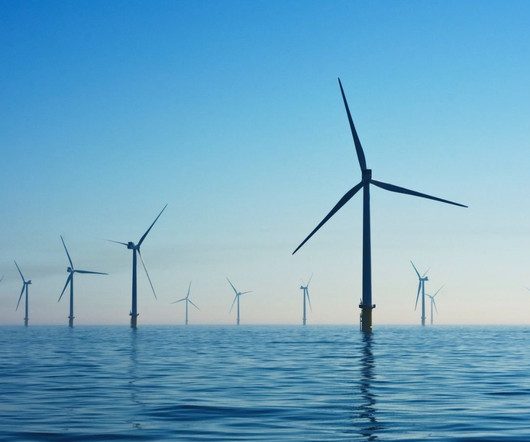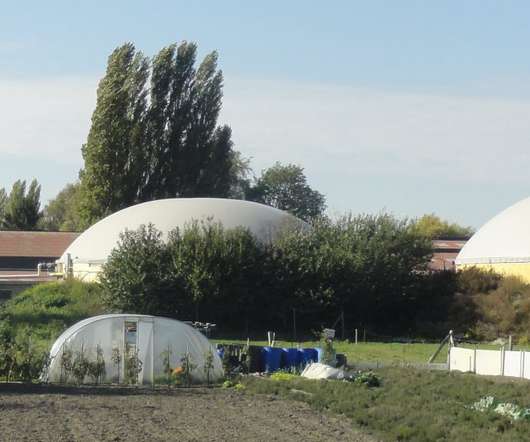Ask a Scientist: Two Dozen States Can Meet 100 Percent of Electricity Demand with Renewables by 2035
Union of Concerned Scientists
MAY 12, 2022
All told, they represent 56 percent of the US population, generate 62 percent of the country’s gross domestic product, and are responsible for 43 percent of the country’s annual carbon emissions. We found that states have technically feasible and highly beneficial ways to achieve 100-percent renewable energy.




















Let's personalize your content